St-Tropez: The town telling visitors to stay away this summer

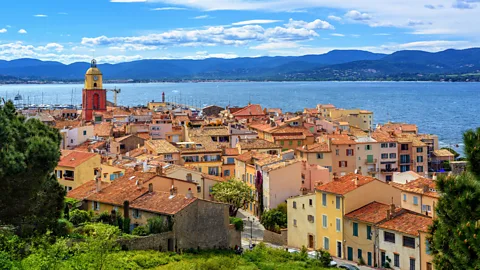 Alamy
AlamyOnce a sleepy fishing village, this picture-perfect town on the French Riviera has transformed into one of the Mediterranean’s most overcrowded summer destinations.
“There’s lots going on,” says Marine Teste, head of public relations at Atout France, the France Tourism Development Agency. “The Atout France greener national hotel ranking now involves more than 80% of the hotels in France. There is also a plan in place to develop the country’s cycling routes to become the number one European cycle destination by 2030, and we’re promoting lesser-known destinations or alternative ways to explore renowned destinations.”
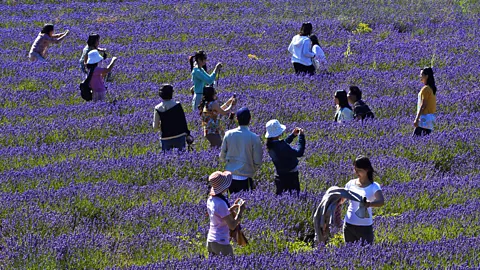 Alamy
AlamyRegional tourist offices are encouraging visitors to avoid hot spots like the heavily Instagrammed Sénanque Abbey and its surrounding lavender fields in Provence, or the limestone cliffs at Etretat in Normandy, which have recently been overrun by visitors, thanks to the popularity of Netflix’s hit series Lupin. They are advised to visit similar alternatives instead, like the medieval village of Valaurie in the Drôme department of southern Auvergne-Rhône-Alpes and its lesser-known lavender fields, or to avoid travelling during the peak summer season.
In Etretat, the town council has removed a clifftop car park to deter people from dropping in just for photo-opps and installed a fence to protect the eroding landscape. The Calanques National Park in Marseille has been partly closed to visitors during peak season to reduce marine pollution and protect the delicate ecosystem of the limestone inlets. Nice is pushing its winter agenda, encouraging people to combine a city break with skiing in the southern Alps, under 50km from the city.
And then there’s St-Tropez, possibly the most famous fishing village in the world, which is encouraging tourists to stay away during high season in a not-so-subtle way: “Don’t come in the summer,” St-Tropez’s mayor, Sylvie Siri, told me earlier this year as part of an event called Secret St-Tropez, which was designed to promote the town as an out-of-season destination. “Come in spring when it’s like the St-Tropez of our childhoods.”
Located on the French Riviera halfway between Marseille and Nice, St-Tropez was little more than a quiet, hard-to-reach headland until the 20th Century, when bohemian artists and later film stars were drawn to its Provencal beauty. In recent decades, this once-sleepy fishing community has transformed into a luxury haven for yachters and jet-set partiers – and in the process, become one of the most overcrowded summer destinations in the Mediterranean, as more than 80,000 visitors per day between July and August flood into the 4,000-person hamlet.
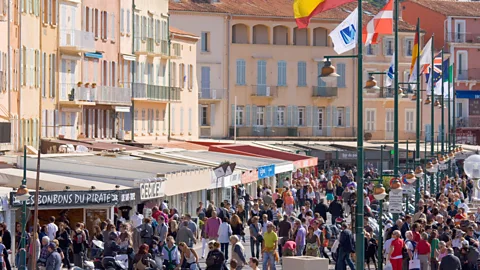 Alamy
AlamyAccording to Clara Rondini, a member of the Rondini family of Tropézien sandal-makers who have lived and worked in St-Tropez since 1927, the town has lost its charm due to overtourism. “It is becoming too much about money,” she said. “‘Une machine à fric‘ (a money machine), we would say in French. It’s sad because after all, St-Tropez is a peaceful destination about nature, fresh air, good swims, simple rosé wine and pétanque.”
Tour guide Frédérique Chagnon-Lecomte agrees that St-Tropez is a different place in high season: “If you come in summer you’ll see the sun, the restaurants, the beach clubs… but that’s it. We don’t hate the high season because it enables us to survive, but it’s important to understand it’s just one part of the picture of St-Tropez. We’re happy during the summer when it’s crowded but we also love wintertime [when] we can have our village back.”
Under Siri’s leadership, St-Tropez is trying to become more of a year-round destination. While summer sees celebrities, luxury yachts and hotels and the infamous party scene on Pampelonne Beach, visiting off season allows travellers to experience the town as it once was, where pointus fishing boats deliver the catch, wisteria blossoms foreshadow the arrival of bougainvillea and jetties point to the clear blue sea (which is devoid of the many speedboats, swimmers and dinghies that crowd it each summer).
The mayor doesn’t want St-Tropez to be just destination for tourists, according to Valérie Vanden-Bossche from St-Tropez Tourism; Siri wants local services for the town’s 4,000 year-round residents, and is investing in a better library, grocery shops and affordable accommodation. After all, says Vanden-Bossche, you need to make sure locals can afford to live in a place to give it life.
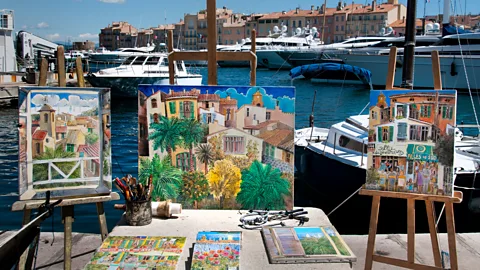 Alamy
AlamySiri is also intent on looking after the village’s many artisans, like celebrated goat cheese maker Loïc de Saleneuve and other culinary masters and craftsmen – from the bakers of the famous Tarte Tropézienne to the Rondini family – ensuring they thrive alongside the proliferation of designer brands.
Part of St-Tropez’s push to spread out its visitors involves a new calendar of events throughout the year, rather than just in July and August. There’s the sailing season that culminates in September’s spectacular Les Voiles de St-Tropez (28 September-6 October 2024); La Grande Braderie discount designer market in October; the Marathon du Golfe de St-Tropez (30 March 2025); the historical Bravades festival in May that celebrates the town’s patron saint; and many gastronomic events.
The tourism board is also working on providing itineraries for off-season activities, like hiking the 10km of coastal path that connects the town to Pampelonne Beach around the St-Tropez peninsula.
One of the challenges St-Tropez is facing is encouraging its hotels to remain open through the year. Villa Cosy, a luxury hotel and spa on the outskirts of town, is open for 10 months a year. Its director, Alexandre Perrin, says it’s the longest opening period for a five-star hotel in St-Tropez: “We’re able to have 15 long-term contracts with staff because we are open all year and that means we keep employees for longer and we can promote them.”
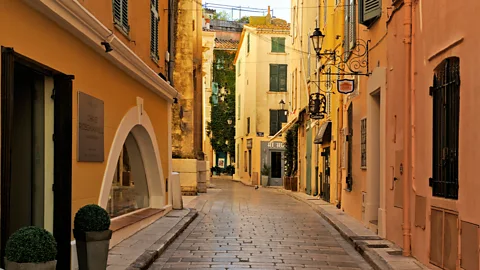 Alamy
AlamyAlice Degen, Marketing Manager at Hôtel de Paris St-Tropez, says they are working to increase occupancy during what she calls the “ailes-saison” – the months that shoulder the two peak months – by launching events like Sunday brunches and Soirées La Vie En Rose (women-only DJ sets and pink cocktails on the rooftop terrace).
Even travellers who have been to St-Tropez many times will find something new and refreshing about visiting in spring or autumn. Without the stifling crowds and heat, you can see beyond the “bling-bling” yachts, the harbour-front restaurants and the boutiques, giving you time and space to discover quiet beaches, a rich history and proud, passionate locals. It’s certainly a worthy first stop on any journey to find the alternative France.
Related
Turkish Airlines and Qatar Airways Suspend Mogadishu Flights Following US…
Home » Airlines News of Qatar » Turkish Airlines and Qatar Airways Suspend Mogadishu Flights Following US Embassy Terror Alert, Raising Security Concerns at
Local tourism destinations grow fast
Men sit at the Doha Corniche backdropped by high buildings in Doha on March 3, 2025. Photo by KARIM JAAFAR / AFP DOHA: Local tourism destinations are g
Hajj, Umrah service: Qatar Airways introduces off-airport check-in for pilgrims
Image credit: Supplied Qatar Airways has introduced an off-airport check-in
IAG, Qatar Airways, Riyadh Air, Turkish Airlines, Lufthansa & more…
Turkish Airlines – a Corporate Partner of the FTE Digital, Innovation & Startup Hub – is charting a course to rank among the top 3 global airlines for













